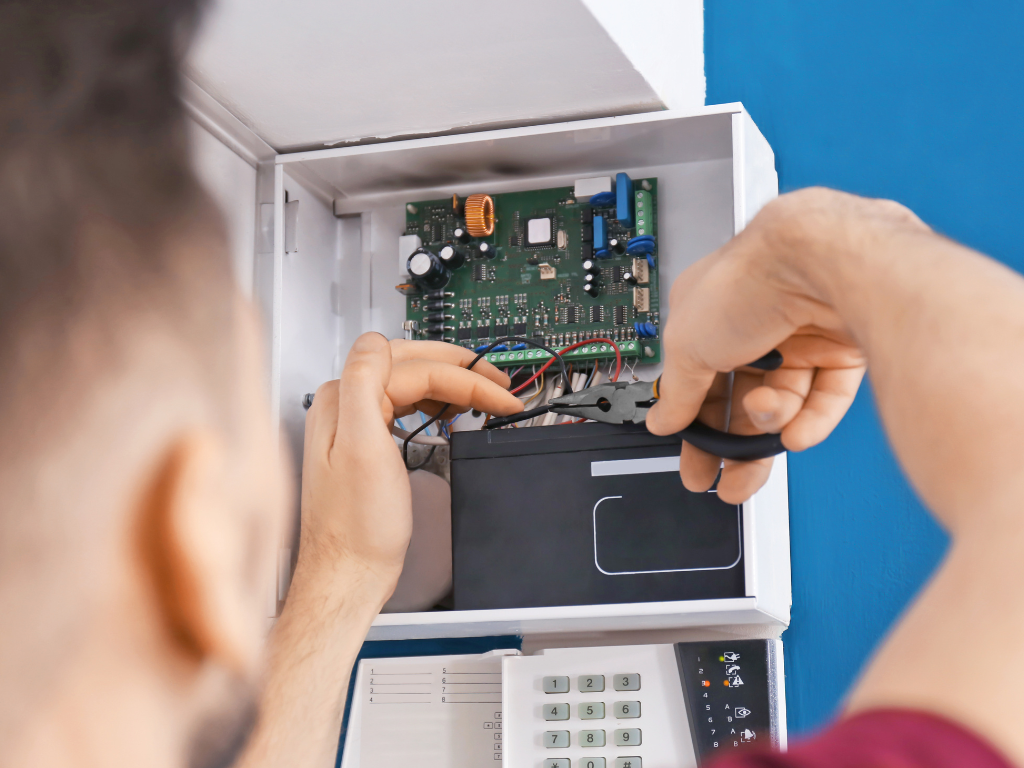
Electrician emergency, clear and effective communication can significantly impact the speed and efficiency of the service you receive. Misunderstandings or incomplete information can delay the response time and even the resolution of the issue, potentially escalating the danger. Therefore, being prepared to provide concise and accurate descriptions of the problem is crucial.
Overview of the Role of an Urgent Electrician
Urgent electrician specialize in responding to emergency calls that typically involve immediate risks to property and personal safety. Their role is to quickly assess and rectify electrical faults that pose threats such as power outages, electrical fires, or potential electric shocks, making their prompt arrival and swift action essential.
Before You Call: Information to Gather
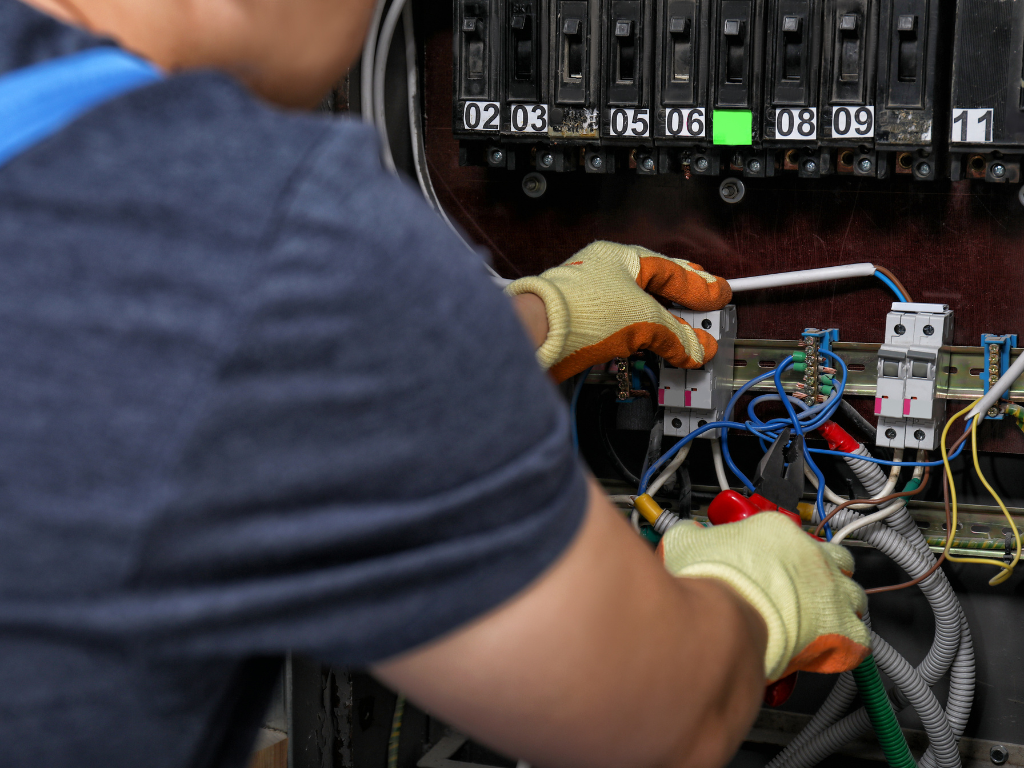
Detailing the Problem: What You Need to Know
Before contacting an emergency electrician, prepare a clear, brief description of the problem. Note any signs of electrical failure, such as:
- Burning smells
- Sparking outlets
- Unusual noises from electrical panels or appliances
This information will help the electrician anticipate the kind of emergency they are addressing.
Location Details and Access Information
Ensure you can provide specific details about your location and any particular access information that could affect the electrician’s arrival. This includes:
- Exact address and any tricky directions or landmarks
- Information on building access, such as gate codes or restricted entry issues during certain hours
Previous Electrical Work and Known Issues
If possible, quickly gather details about any recent electrical work done in your home or any ongoing issues. This could include:
- Dates of recent repairs and the companies or electricians who performed them
- Known problems that have not yet been resolved or that periodically recur
- Any DIY electrical solutions attempted or modifications made
Making the Call: How to Communicate Urgency and Details
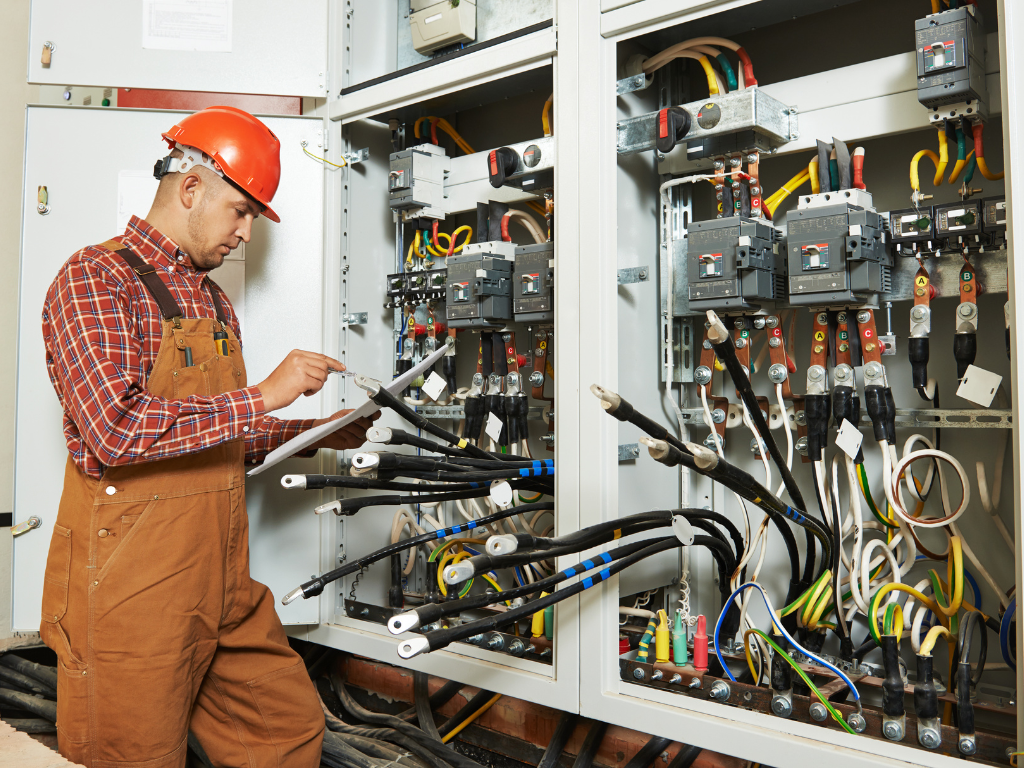
Describing the Issue: What to Say to an Urgent Electrician
When you make the call, start with a clear statement of urgency, then briefly describe the issue. For example:
- “I have an urgent electrical issue with sparking wires in my living room, and there’s a burning smell coming from the outlet.”
Prioritizing Information During the First Contact
Prioritize the information based on urgency:
- Nature of the emergency (e.g., fire hazard, power outage)
- Safety concerns (e.g., someone trapped in an elevator)
- Anything that might affect the electrician’s ability to access or diagnose the problem
Use of Terminology: Clear vs. Technical Language
Use clear, non-technical language unless you are familiar with the correct electrical terms. Misused technical terms can lead to confusion. Stick to plain descriptions and avoid guessing at technical explanations.
What to Expect From the Electrician’s Questions
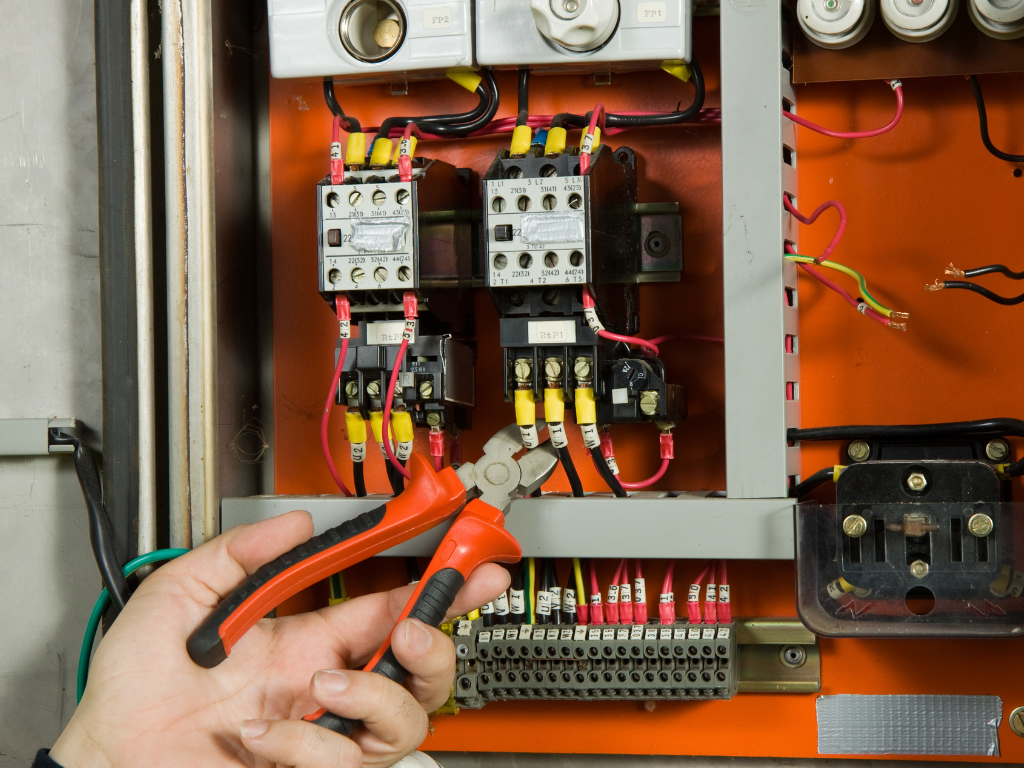
Common Questions Asked by Emergency Electricians
Electrician emergency will typically ask a series of questions to assess the situation accurately and prioritize their response. Common questions you might expect include:
- “What exactly happened, and when did you first notice the problem?”
- “Have you noticed any unusual smells, sounds, or behavior from your electrical system or appliances?”
- “Is there any visible damage to electrical panels, outlets, or wiring?”
Why Electricians Need Detailed Information
Detailed information helps the electrician to:
- Understand the scope and urgency of the problem.
- Bring the appropriate tools and parts needed for the job.
- Prepare for any safety issues they might encounter on-site.
How to Prepare Answers to Likely Questions
To prepare for these questions, it’s useful to:
- Make a note of when the issue started and any events that coincided with its onset.
- Observe and note any relevant sensory details (smells, sounds, visual cues).
- Check and list any circuit breakers that have tripped or fuses that have blown.
During the Visit: Facilitating Efficient Service
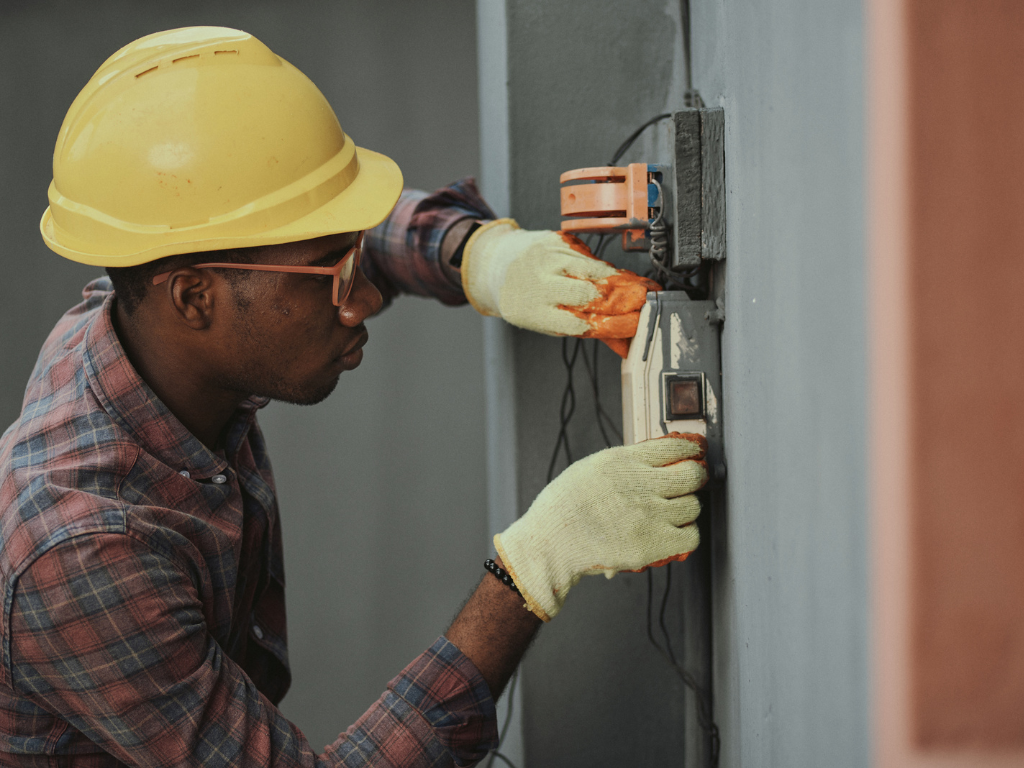
How to Assist the Electrician Upon Arrival
When the electrician arrives, you can assist by:
- Briefing them with the information you’ve prepared.
- Showing them directly to the areas involved.
- Providing any historical context about your home’s electrical issues that may be relevant.
Safety Precautions to Discuss and Implement
Discuss and implement necessary safety precautions:
- Ensuring that all occupants, especially children and pets, are kept at a safe distance from the affected areas.
- Turning off power to the affected area if not already done and it is safe to do so.
- Clearing any flammable materials or water sources from the vicinity of electrical faults.
Providing Access and Clearing Work Areas
Make sure the work area is ready for the electrician:
- Clear the area around the problem site of any furniture, rugs, or other obstacles.
- Ensure that there is ample lighting, or provide a flashlight if the area is dark.
- Open gates or doors that the electrician will need to pass through to access the site.
Post-Visit Communication: Ensuring Continued Safety and Service
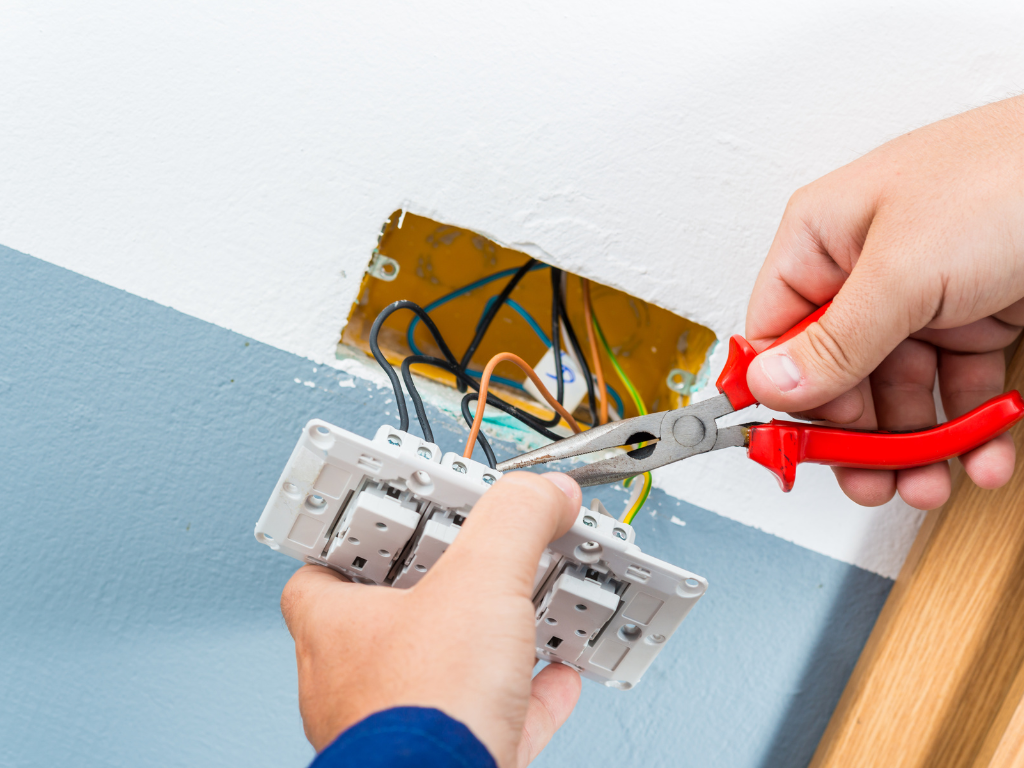
Discussing Follow-Up Procedures
After the initial emergency repair, it’s crucial to discuss any follow-up procedures with your electrician. This could involve:
- Scheduled Revisits: If the issue requires further attention or monitoring.
- Additional Repairs or Upgrades: Recommendations for any necessary improvements to prevent future emergencies.
- Safety Checks: Arranging for periodic inspections of your electrical system to ensure ongoing safety.
Understanding the Electrician’s Report and Recommendations
Emergency electricians typically provide a report detailing what was done and why. Understanding this report is crucial as it:
- Details the Nature of the Problem: Knowing exactly what went wrong can help you prevent future occurrences.
- Outlines Recommended Actions: Follow the electrician’s recommendations to improve or repair your electrical system.
- Ensures Compliance: Ensuring that any electrical work complies with local regulations and standards.
How to Provide Feedback About the Service Received
Providing feedback is important, not only to acknowledge the service received but also to help the electrician improve their service. Consider:
- Direct Feedback: Offer direct feedback to the electrician or their company about what you appreciated and where you see room for improvement.
- Online Reviews: Share your experience in online reviews to help future customers make informed decisions.
- Referrals: If you were satisfied with the service, referring the electrician to friends or family can help them gain more business.
Conclusion: Building a Relationship with Your Emergency Electrician
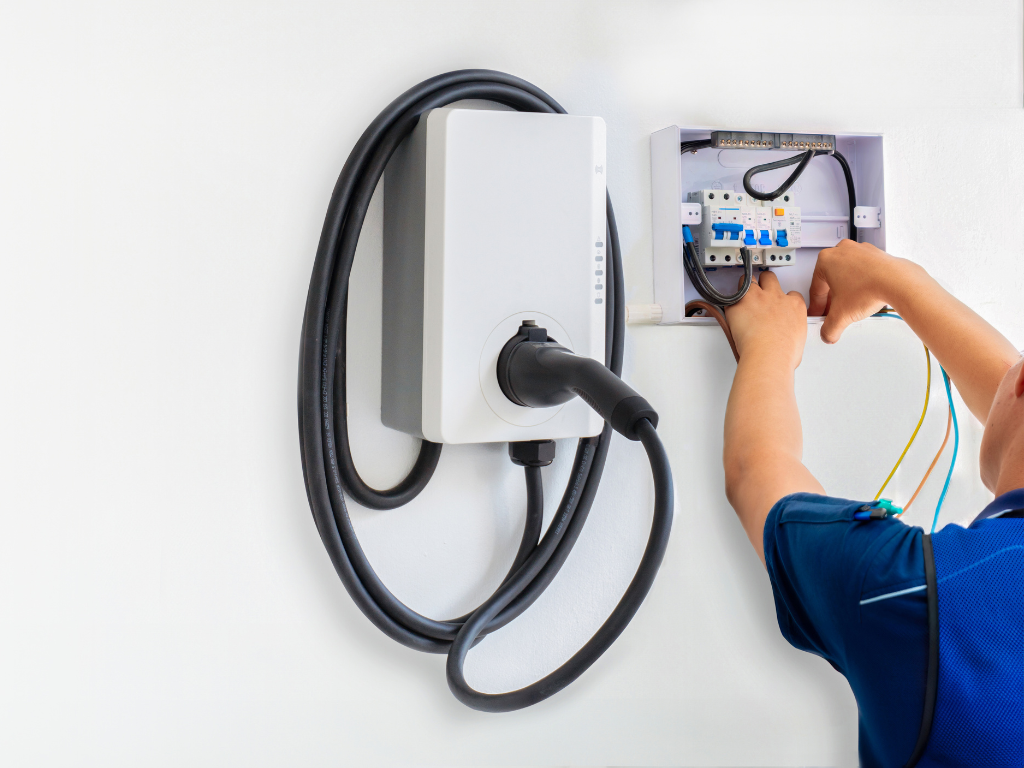
The Benefits of Regular Communication with a Trusted Electrician
Establishing a regular communication channel with a trusted emergency electrician offers several benefits:
- Quick Response in Future Emergencies: A familiar electrician can respond more effectively knowing your home’s electrical history.
- Proactive Maintenance: Regular updates and maintenance can prevent many emergencies before they occur.
- Cost Efficiency: Building a relationship might lead to better rates or more personalized service.
Maintaining Contact for Future Electrical Needs
Keeping in touch with your electrician can be beneficial:
- Schedule Regular Inspections: Set up an annual inspection to catch potential issues early.
- Update on Changes: Inform your electrician about any renovations or additions to your home that might affect the electrical system.
- Stay Informed: Ask your electrician to keep you informed about new technologies or energy-saving options that could benefit your home.